Ion conducting materials are of great importance due to their applications in several electrochemical devices. Primarily ionic conduction were only known in liquid electrolytes but after the exhibition of ionic conductivity in AgI crystals by Faraday, a large number of solid state ionic conductors were developed and explored to give birth to new area of science and technology termed as Solid State Ionics. The discovery of ionic conduction in polymers in recent past have added new dimension to this field. Distinct properties of polymers like flexibility and mouldability has made them a potential material in different areas of technology in general and solid state ionics in particular. Thus far, variety of ion conducting polymer electrolytes have been developed with the aim of achieving highly conducting stable ionic materials for device application purpose. However, there still remain technological challenges to achieve better and highly compatible option of materials in the development of new products. In the present day, technology needs smart materials particularly nanomaterials with many more concerns.
Inside the circle of polymer electrolytes, gel polymer electrolytes have emerged as a prominent class as they possess all the properties of polymer electrolyte along with high ionic conductivity approaching to that of liquid electrolyte and good electrode electrolyte contact. In recent years, most of gel polymer electrolytes have been reported with polymer matrix of polymethyl methacrylate, polyvinylideneflouride, polyethylene oxide and polyacrylonitrile and lithium based liquid electrolytes for applications in essentially lithium batteries. On the other hand, eco-friendly some electrochemical devices like batteries, smart windows, supercapacitor, solar cells, fuel cells require proton (H+) ion conductors for their operation with better performance. Though these gel electrolytes have high ionic conductivity yet they usually suffer from problem of mechanical integrity which has limited their applicability in electrochemical devices. An effort to improve the above shortcomings related to gel polymer electrolyte, addition of nanosized fillers have been an ever increasing attractive approach which leads to the improvement in ionic conductivity, thermal and electrochemical stability.
In recent years, porous polymeric structures are used in a wide range of applications including wound dressings, potential, separators, actuators, tissue engineering scaffolds and controlled drug delivery systems. A variety of techniques have been developed to produce polymeric structures with a high degree of porosity and interconnectivity. The common processes that have been used are fiber bonding, phase separation, 3D printing and solvent casting with particulate leaching. However all these processes have several drawbacks including long or complicated procedures for preparation, high processing temperature and residual organic solvent in the final polymer. In addition, the control over pore amount, size and interconnectivity is not adequate. In most cases, the size of the base polymer and the pore are on the order of several μm to hundreds of μm. In order to circumvent some of these problems, a process called electrospinning has been developed and has attracted much attention recently. Electrospinning can be used to produce fibrous structures with fiber sizes on the order of 100 nm to 100 μm. In this technique by manipulating the process parameters like the intensity and shape of the applied electrical field, surface tension and viscosity of the polymer solution, electrospinning can be used to produce highly interconnected porous structures of a wide range of pore sizes. Polymers with diverse micro and macro structures can be produced with relative ease.
Unification of nanocomposite gel polymer electrolyte and their nanofiber synthesis routes to form composite polymer electrolytes have opened new vistas for electrochemical devices since they are expected to solve the problem of liquid exudation electrical conductivity, mechanical integrity and electrochemical stability.
Looking into dearth of good proton conducting composite electrolytes for the aforesaid applications, present book has been directed to discuss of possible proton conducting nanocomposite polymer electrolyte membranes and their fiber mats and its characterization with few specific examples to understand the underlying mechanism of operation. Further, over the years such attempts have been made for lithium ion (Li+) conducting nanocomposite gel polymer electrolytes (NCGPEs). However, there is dearth of proton (H+) conducting nanocomposite gel polymer electrolytes.

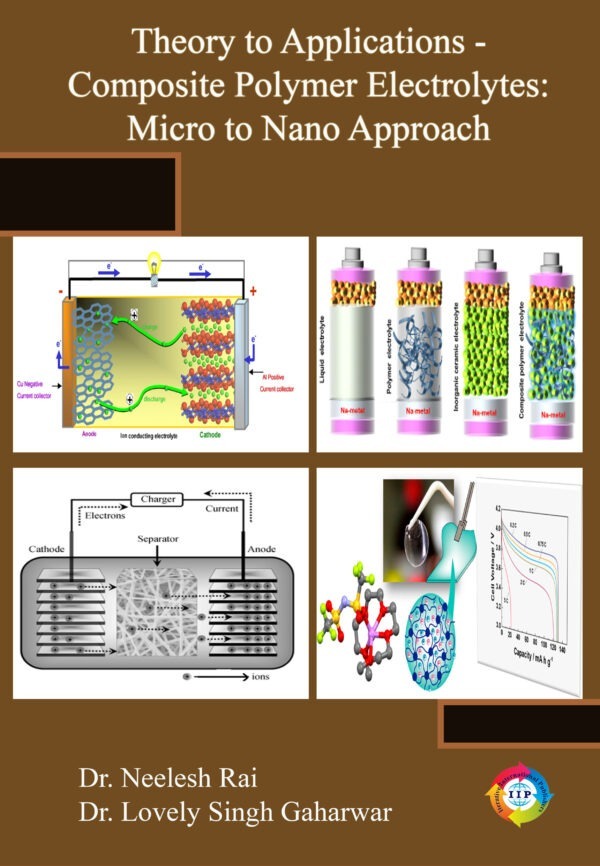


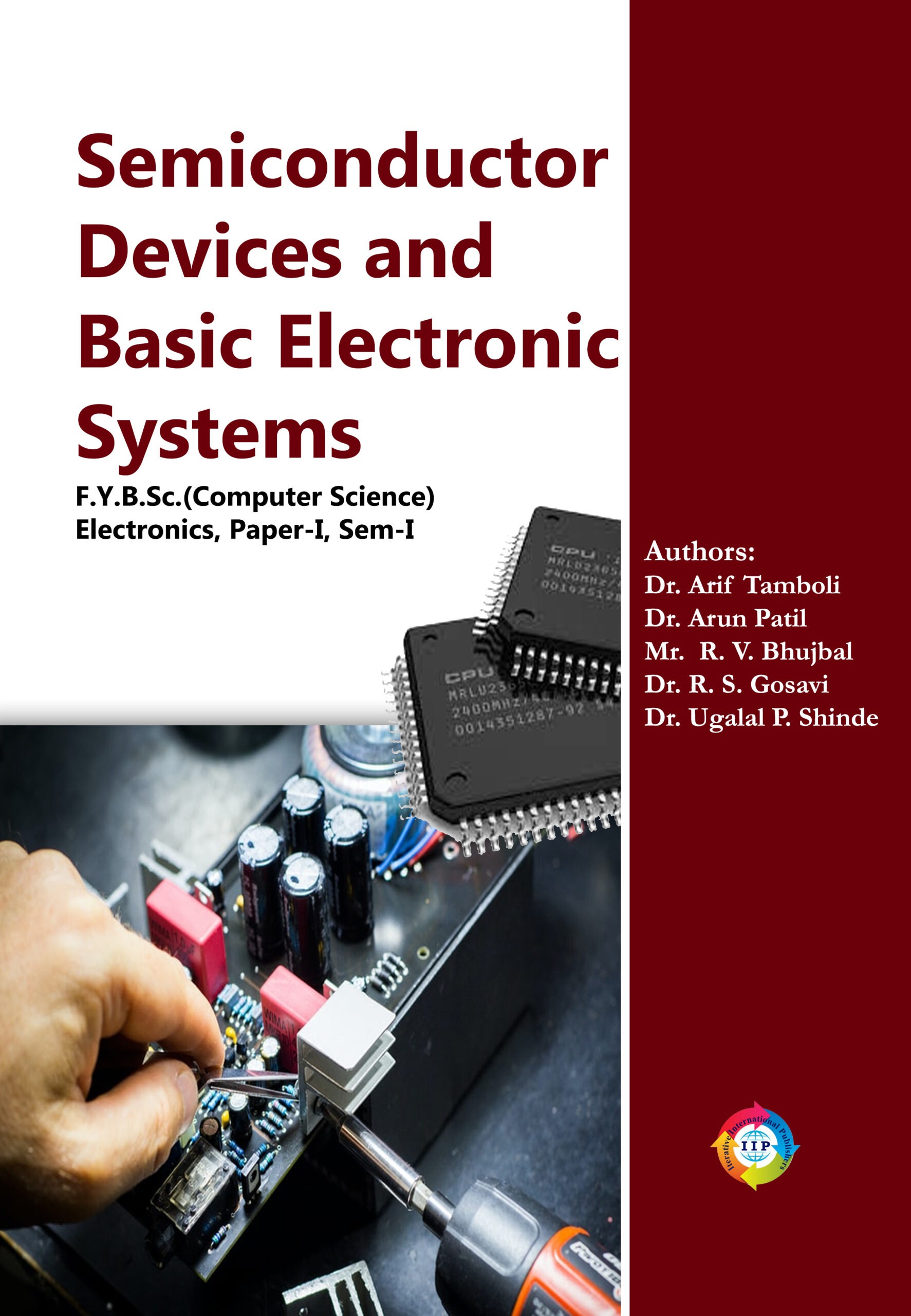
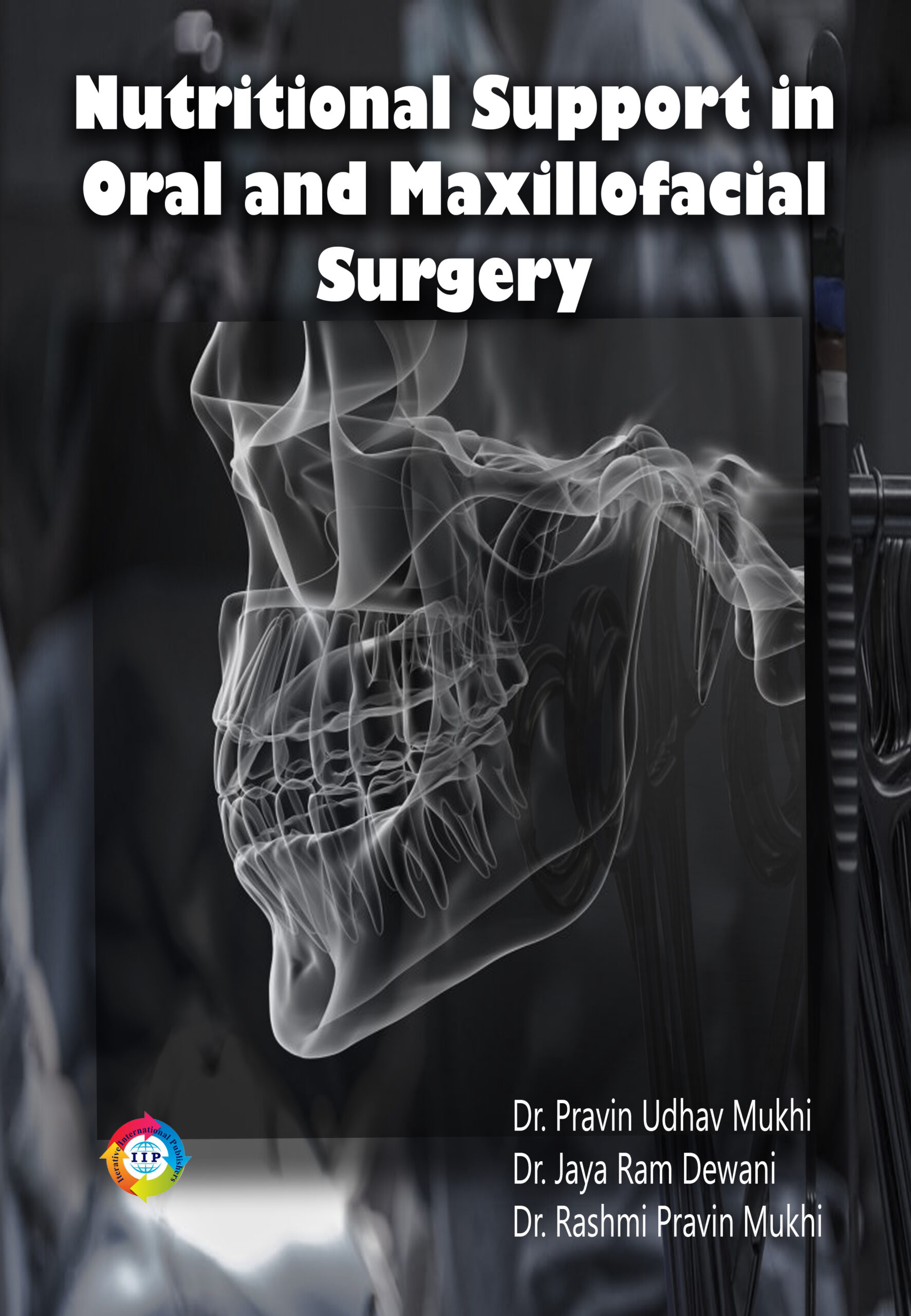

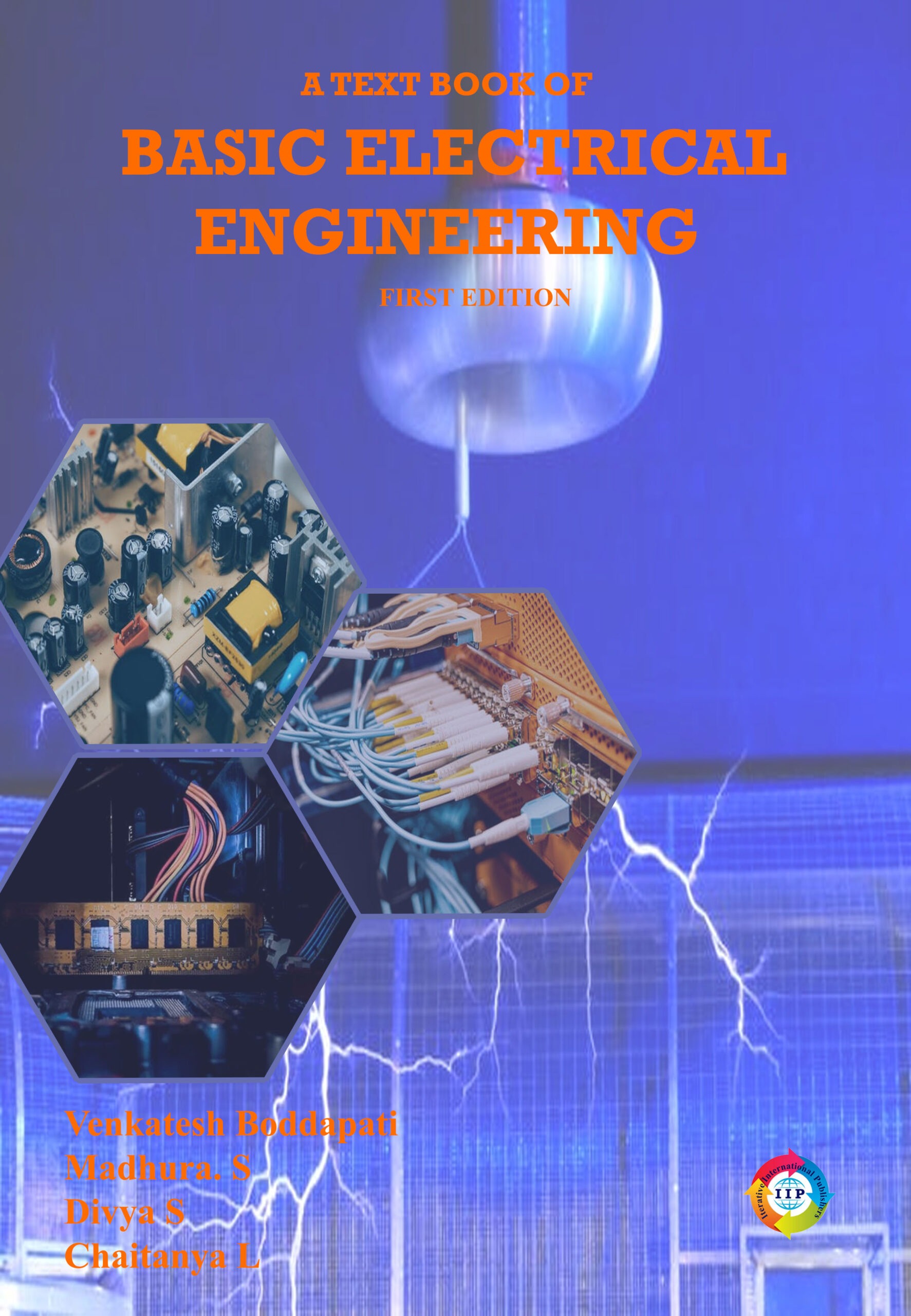
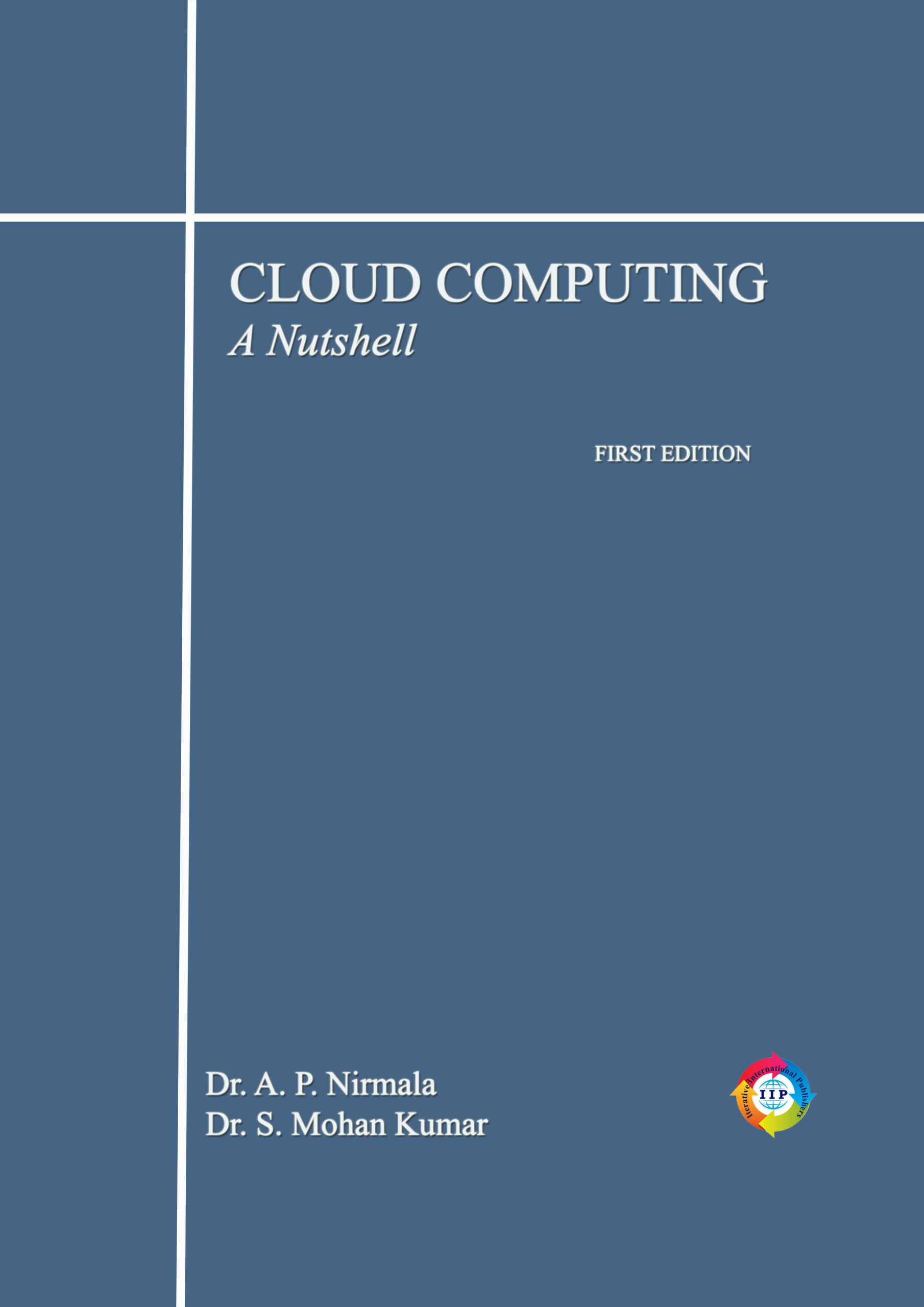
Reviews
There are no reviews yet.